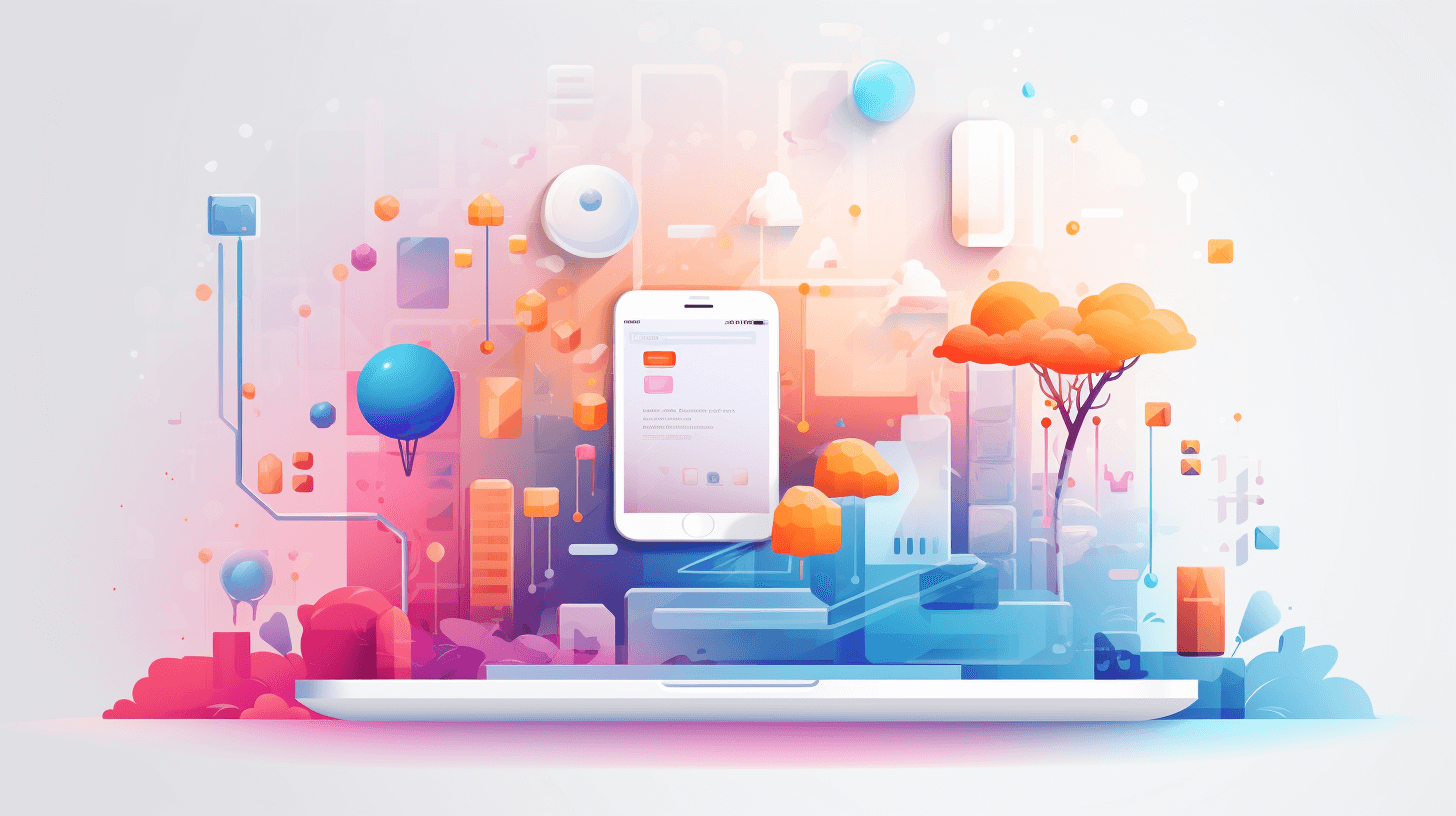
Understanding the Role of User Experience in Product Growth
The dynamism of today’s product development landscape revolves around a crucial focal point - User Experience (UX). With digital transformation profoundly altering how businesses function, UX has transcended from being just an aesthetic add-on to a core business strategy that significantly influences product growth.
UX goes beyond the mere look and feel of a product. It encompasses a user’s entire journey - their interactions, experiences, emotions, and satisfaction - while using a product or service. As Don Norman, who coined the term “User Experience,” succinctly put, UX is about the “total experience of the user.” As such, UX is not confined within the digital realm, but extends to physical and service-oriented aspects as well, thereby shaping a brand’s overall perception.
Why is UX so vital to product growth? First, it directly impacts customer satisfaction. A product that offers an intuitive, smooth, and enjoyable experience is more likely to meet or surpass a user’s expectations, thereby increasing their satisfaction. Satisfied customers are more likely to be loyal, leading to higher retention rates, frequent use, and potential advocacy - all drivers of organic product growth.
Second, UX influences conversion rates. A well-designed, user-friendly interface not only encourages user engagement but also facilitates the user’s journey towards the desired action, be it signing up for a service or purchasing a product. A great UX simplifies this journey, reduces frustration, and ultimately enhances conversion rates.
Third, a stellar UX design can distinguish a product in a crowded marketplace. In the era of digital saturation, users are often overwhelmed with choices. Products that prioritize UX tend to stand out and attract more users due to their ease of use and overall superior experience.
Moreover, UX plays a pivotal role in reducing business costs. Design errors identified post-launch can be significantly costlier to fix than during the design phase. Therefore, an upfront investment in UX can prevent future losses, enhance customer satisfaction, and contribute to overall product growth.
To leverage UX effectively, it is essential to adopt a user-centered design approach. This involves understanding your users, their needs, their behaviors, and their pain points. It’s about involving users throughout the design process, through techniques such as interviews, surveys, and usability testing, and iterating on the design based on their feedback.
Furthermore, it is crucial to view UX design not as a one-off project but as an ongoing effort. User needs and preferences evolve over time, influenced by changing technologies, trends, and market dynamics. Continual UX optimization, therefore, is a must to ensure sustained product growth.
In conclusion, UX plays an instrumental role in product growth by boosting customer satisfaction, enhancing conversion rates, differentiating the product in the marketplace, and reducing costs. To maximize these benefits, businesses need to adopt a user-centered design approach and treat UX optimization as an ongoing endeavor. As we move towards an increasingly user-centric world, understanding and prioritizing UX could be the game-changer in a product’s success story.
Reflect on the following
- Can you recall an instance when a product’s UX directly contributed to your loyalty to a brand? How did this experience correlate with the discussion on user satisfaction and product growth?
- Have you noticed a direct impact of UX on the conversion rates in any of your professional experiences or consumer behaviors?
- Reflecting on your experience, can you identify a product or service that distinguished itself in the market primarily due to its UX? How does this resonate with the assertion about the role of UX in product differentiation?
- Have you observed any instances where a lack of investment in UX led to higher post-launch costs for a business? How does this relate to the emphasis on the cost-saving benefits of investing in UX design?
- Can you discuss the importance of adopting a user-centered design approach in your professional or personal experiences? How does this parallel the argument on the need for a user-centered approach in UX design?